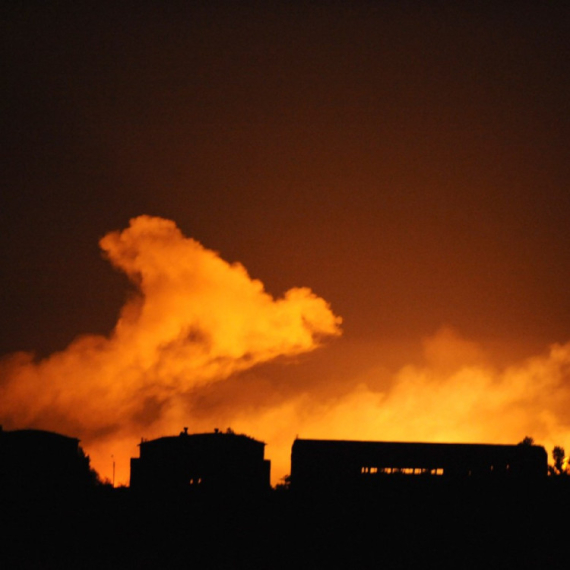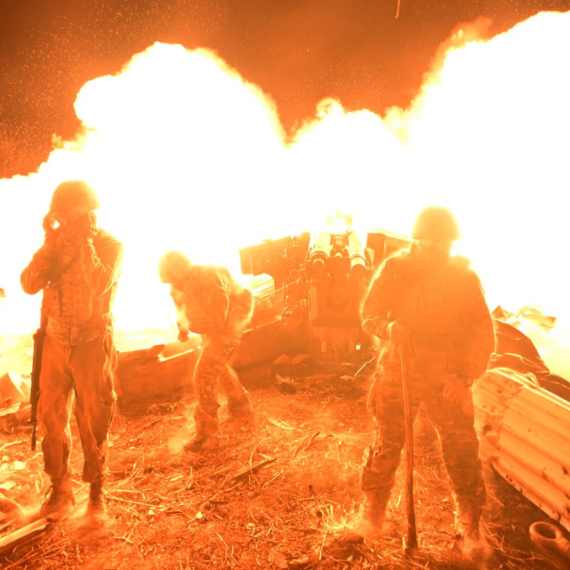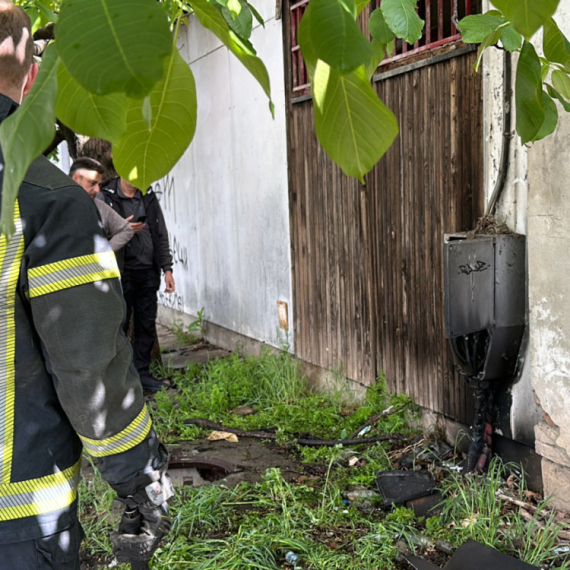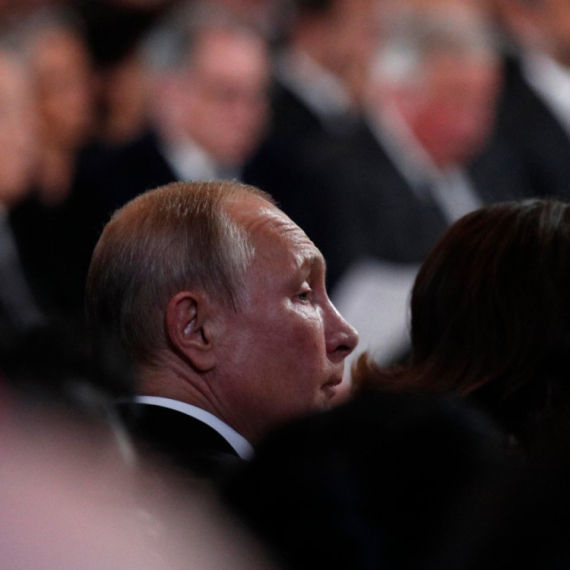Banking sector "stable", economy in "moderate recovery"
The banking sector in Serbia is stable and highly solvent despite the failure of certain banks, the presentation of the new edition of the MAT magazine heard.
Wednesday, 10.04.2013.
18:22

BELGRADE The banking sector in Serbia is stable and highly solvent despite the failure of certain banks, the presentation of the new edition of the MAT magazine heard. The high solvency of banks and low foreign exchange risk are the consequence of the visible hesitation of banks to issue new loans, which is a reaction to high loan risks in the real sector and the real estate sector, associate of the Belgrade Institute of Economics Bosko Zivkovic stated. Banking sector "stable", economy in "moderate recovery" Zivkovic noted during the Macroeconomic Analysis and Trends (MAT) presentation that one of the major problems in the banking sector lies in non-performing loans and added it is possible that their stake would continue to increase without significant improvements in economy. He stated that there are no major consequences of the Cypriot crisis for Serbia as the owners of deposits probably withdrew the money from the country two or three years ago and the ties between the banking systems of Cyprus and Serbia are not strong. Though not strong or quick, certain disruptions could be triggered by the fact that in the case of Cyprus, a precedent was made and deposits were for the first time brought in danger to such an extent, he said. The presentations also heard that the size of the Cypriot banking sector is such that it can endanger banking systems of other countries in the same network and the scope of potential losses of foreign deposit owners could decrease the trust in banks in the EU area and cause mass deposit withdrawal which means that the banking crisis would be localized but not resolved. (Tanjug) Moderate recovery, early for optimism Economic trends in Serbia in early 2013 show signs of recovery, but it is too early for optimistic projections on how the economy will fare throughout the year, experts of the magazine said on Tuesday. MAT editor Vladimir Vuckovic told a news conference there was great optimism among officials regarding the data on public finances at the start of the year and the interpretation of the results of industrial production and the economy as a whole. The annual growth of industrial production in February stood at 13.1 percent, and it was 17 percent in the processing industry, but such high results do not reflect the real growth of production, because the cold weather from February 2012 made production unusually low at that time. The deseasoned increase in industrial production in February was 2.5 percent compared to January, and it is also encouraging that the growth is not concentrated in certain branches, he noted, adding that the March results should be checked before making a more accurate estimate, but that the first signs of recovery were there. A high export growth rate was recorded in February, 42 percent compared to February last year and 31 percent over the course of the first two months of this year, but the influence of the low base from the same period last year is against present, Vuckovic remarked, pointing out that 20 percent was an objective estimate of the growth in 2013. Import is dropping slightly, and the export-import coverage has gone up by 45 percent from the time of the worst crisis to about 65 percent, which is a good result, he stated. Economic Institute associate Stojan Stamenkovic also believes there was a change in economic growth and industrial production in February, but that it would not be good to make optimistic statements. Tanjug
Banking sector "stable", economy in "moderate recovery"
Živković noted during the Macroeconomic Analysis and Trends (MAT) presentation that one of the major problems in the banking sector lies in non-performing loans and added it is possible that their stake would continue to increase without significant improvements in economy.He stated that there are no major consequences of the Cypriot crisis for Serbia as the owners of deposits probably withdrew the money from the country two or three years ago and the ties between the banking systems of Cyprus and Serbia are not strong.
Though not strong or quick, certain disruptions could be triggered by the fact that in the case of Cyprus, a precedent was made and deposits were for the first time brought in danger to such an extent, he said.
The presentations also heard that the size of the Cypriot banking sector is such that it can endanger banking systems of other countries in the same network and the scope of potential losses of foreign deposit owners could decrease the trust in banks in the EU area and cause mass deposit withdrawal which means that the banking crisis would be localized but not resolved.
Moderate recovery, early for optimism
Economic trends in Serbia in early 2013 show signs of recovery, but it is too early for optimistic projections on how the economy will fare throughout the year, experts of the magazine said on Tuesday.MAT editor Vladimir Vučković told a news conference there was great optimism among officials regarding the data on public finances at the start of the year and the interpretation of the results of industrial production and the economy as a whole.
The annual growth of industrial production in February stood at 13.1 percent, and it was 17 percent in the processing industry, but such high results do not reflect the real growth of production, because the cold weather from February 2012 made production unusually low at that time.
The deseasoned increase in industrial production in February was 2.5 percent compared to January, and it is also encouraging that the growth is not concentrated in certain branches, he noted, adding that the March results should be checked before making a more accurate estimate, but that the first signs of recovery were there.
A high export growth rate was recorded in February, 42 percent compared to February last year and 31 percent over the course of the first two months of this year, but the influence of the low base from the same period last year is against present, Vučković remarked, pointing out that 20 percent was an objective estimate of the growth in 2013.
Import is dropping slightly, and the export-import coverage has gone up by 45 percent from the time of the worst crisis to about 65 percent, which is a good result, he stated.
Economic Institute associate Stojan Stamenković also believes there was a change in economic growth and industrial production in February, but that it would not be good to make optimistic statements.


























































Komentari 1
Pogledaj komentare